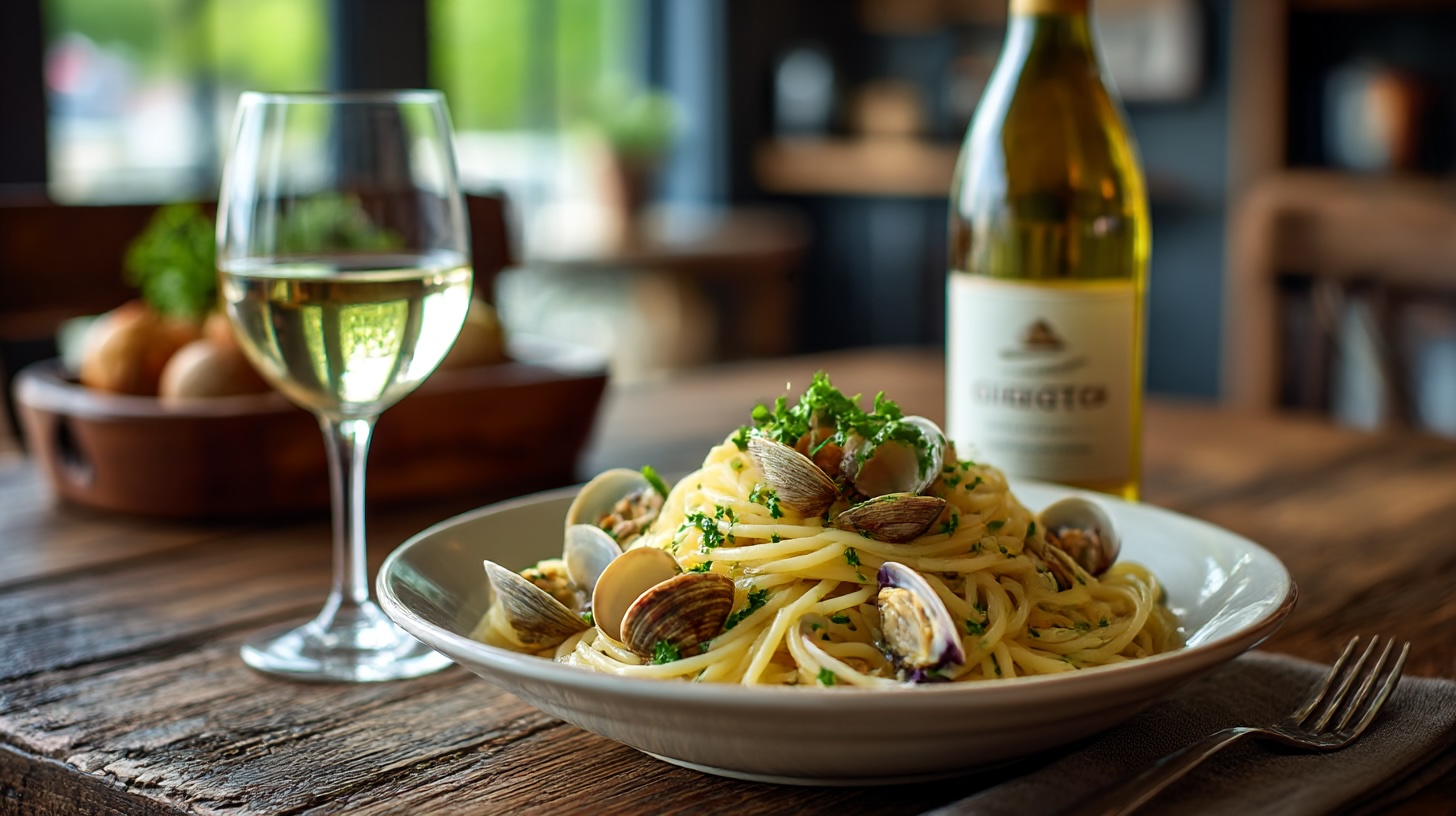Lapsang Souchong: The Smoky Rebel of the Tea World
Lapsang Souchong is the tea equivalent of a campfire. One whiff, and you find yourself in a world of smoky embers, pine forests, and possibly a rugged novel hero warming himself under a starlit sky. Love it or hate it, this tea doesn’t tiptoe into the room—it arrives in a dramatic swirl of smoke and history.
The story goes that Lapsang Souchong was born out of necessity, like so many great culinary accidents. In the misty mountains of Fujian, China—specifically the Wuyi region—local tea farmers needed to dry their tea leaves quickly to evade encroaching soldiers. Lacking time for traditional drying methods, they turned to pinewood fires. The result? A tea so unmistakably smoky and bold that it became a legend in its own right. Whether or not this war-time origin tale is true, Lapsang Souchong remains one of the most distinctive teas in the world.
The traditional production of Lapsang Souchong is an art form. The large, mature tea leaves—often considered too coarse for delicate green teas—are withered over open fires, rolled to release essential oils, and then dried in bamboo baskets over smoking pinewood. This meticulous process infuses the leaves with a rich, tarry smokiness that makes this unusual tea an unmistakable presence in any teacup. Unlike the gentle floral notes of other Chinese black teas, this one is a rebel, a maverick, the leather-jacket-wearing cousin in the otherwise refined tea family.
Variations of Lapsang Souchong exist, some more subtle than others. Traditional Zheng Shan Xiao Zhong, produced in the protected Wuyi region, offers a more refined, balanced smokiness, often with hints of dried fruit or cocoa. Modern, export-focused versions can be more aggressively smoky, appealing to those who want their tea to double as a sensory adventure. Some producers have even begun experimenting with gentler smoking techniques or blending Lapsang Souchong with other teas to tone down its wild side.
Pairing food with Lapsang Souchong is an adventure in itself. It stands up beautifully to rich, savoury dishes—think smoked salmon, aged cheeses, or dark chocolate. It’s also a surprisingly excellent companion to barbecued meats and anything with a touch of spice. Feeling creative? Use it in cooking—infusing broths, marinades, or even cocktails with its distinctive depth. Lapsang Souchong Martini, anyone?
Health-wise, this wonderful tea carries the same benefits as other black teas, including antioxidants and a moderate caffeine boost. Some claim its smoky compounds have additional detoxifying properties, but let’s be honest—any detox effect evaporates if you’re pairing it with a plate of ribs. What it does offer, however, is a sense of ritual. That deep, lingering smokiness encourages slow sipping and mindful drinking, which is arguably the healthiest thing of all.
There are plenty of myths surrounding Lapsang Souchong. Myth: It’s artificial. Truth: Authentic Lapsang Souchong is smoked naturally over pinewood fires, not doused in synthetic flavouring (though some lower-quality versions do use artificial smoke essence). Myth: It’s overwhelmingly strong. Truth: While it is bold, a good Lapsang Souchong balances smoke with natural sweetness and depth. Myth: It’s an “old man’s tea.” Truth: With its growing use in cocktails and modern cuisine, Lapsang Souchong is having a bit of a renaissance.
Finding quality Lapsang Souchong requires a little effort, but it’s worth it. Specialist tea shops and online retailers often stock authentic versions. Supermarket offerings tend to be more muted or artificially flavoured. If you can get your hands on a Zheng Shan Xiao Zhong from Fujian, you’re in for a treat. Better yet, visit a tea house and sip it properly—slowly, with curiosity, and preferably with a biscuit in hand.
Lapsang Souchong doesn’t cater to the faint-hearted — and that’s exactly why it endures. In a world full of delicate jasmine greens and predictable breakfast blends, it stands out as the smoky renegade that demands attention. You might embrace its boldness or raise an eyebrow at it, but one thing’s certain: this tea tells a story, and every sip invites you to taste a bit of history.



